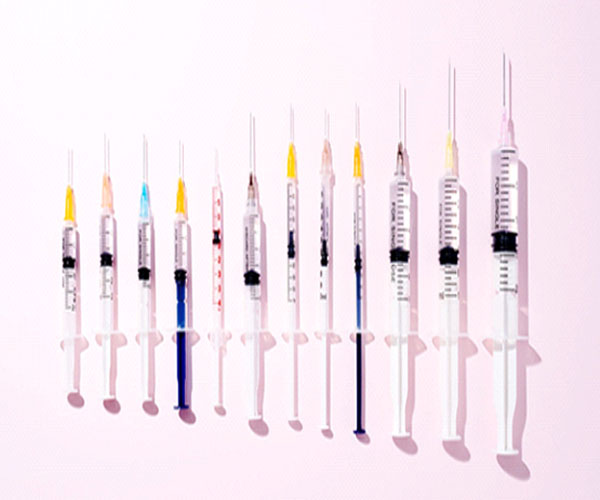People with type 1 diabetes make very little or no insulin on their own, they need to keep careful track of their blood sugar as it changes throughout the day. They inject insulin when their blood sugar is too high or when it’s about to spike after a meal and keep fast-acting carbs ready to eat when it dips too low.
For many, tracking this data means finger pricks, manually logging the results from their blood glucose monitor every few hours, and injecting insulin accordingly. But those privileged enough to access state-of-the-art devices can outsource some of their decision-making to machines. Continuous glucose monitors, or CGMs, measure blood sugar every few minutes via a tiny sensor under the skin, sending readings to a pocket-sized monitor or smartphone. Insulin pumps, tucked in a pocket or clipped on a waistband, release a steady stream throughout the day and extra doses around mealtimes. If the CGM can talk to the insulin pump in what’s called a “closed-loop” system, it can adjust doses to keep blood sugar within a target range, similar to the way a thermostat heats or cools a room.
These control algorithms work, but they rely on hard-coded rules that make devices inflexible and reactive. And even the fanciest systems can’t get around life’s imperfections. Just as a phone’s fitness app can’t track steps you take when you’re phoneless, a CGM can’t send data if you forget to bring your monitor with you. Anyone who’s tracked macros knows how tricky it is to accurately count carbs. And for many, eating three predictably timed meals a day feels about as realistic as going to bed at the same time every night.
Machine learning algorithms present an intriguing alternative to conventional systems because they evolve. Current control algorithms are rigidly defined and derived from lengthy periods of patient observation.
There’s still a long road to AI-powered diabetes tech. Under both United States and United Kingdom medical device regulations, commercially available automated insulin delivery systems—without AI—fall in the highest risk class. AI-driven systems are in the early stages of development, so conversations about how they should be regulated are only just beginning.
This is working based on reinforcement learning, or RL, a machine learning technique based on trial and error. In this case, the algorithm was “rewarded” for good behavior (meeting a blood glucose target) and “punished” for bad behavior (letting blood sugar get too high or low). Because the team couldn’t test on real patients, they used offline reinforcement learning, which draws on previously collected data, rather than learning on the fly.
source: wired news




